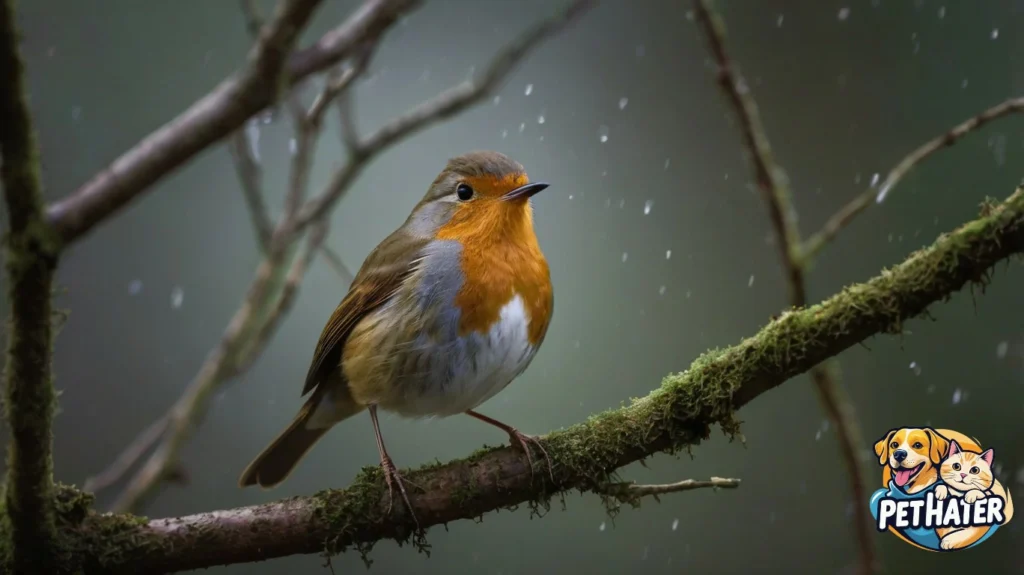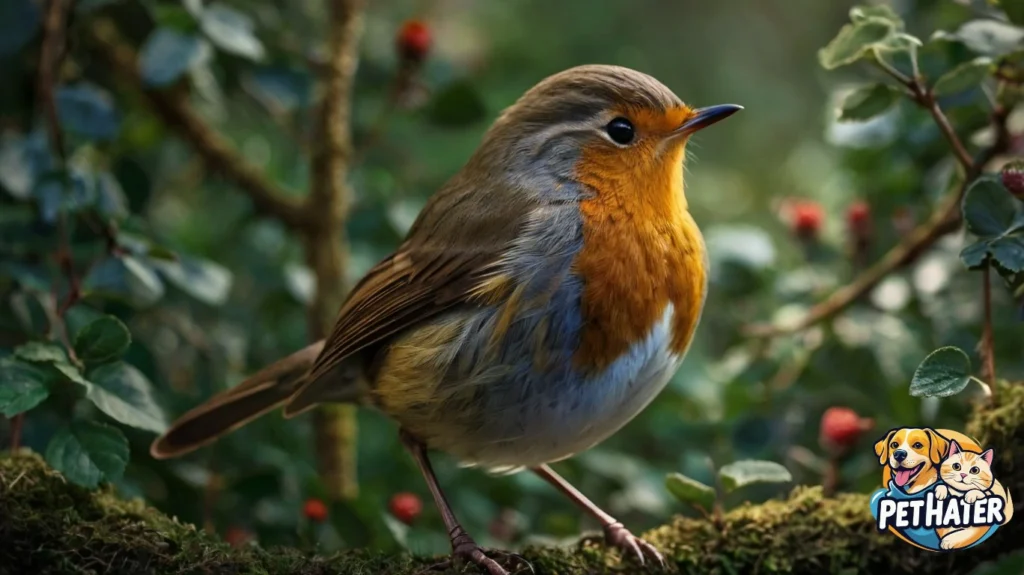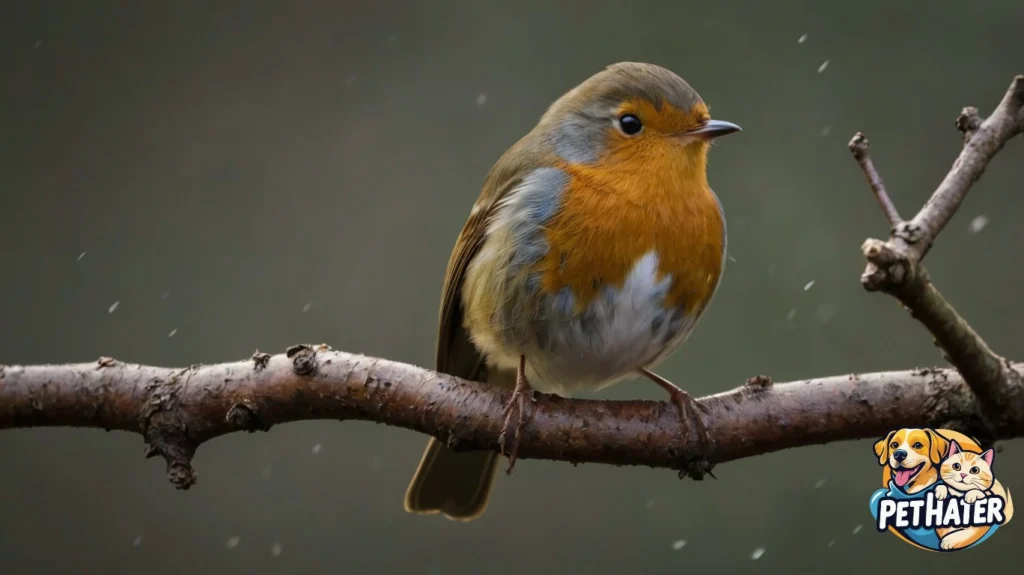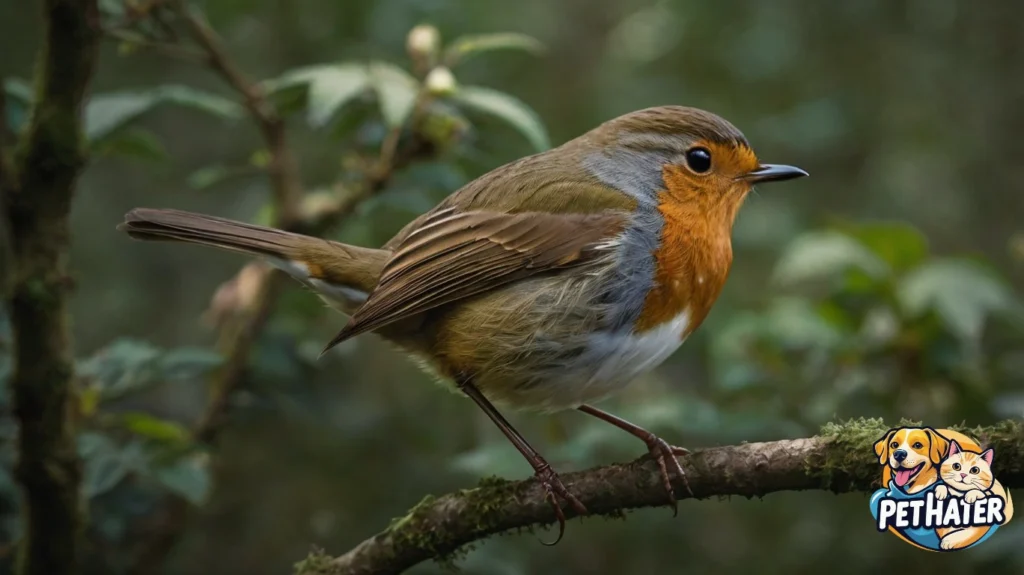Introduction to the Robin bird
The robin bird is one of the most beloved and recognizable songbirds in the world. Whether it’s the European robin with its bright orange-red chest or the American robin heralding the arrival of spring, these birds hold a special place in many cultures and ecosystems.
In this article, we’ll explore everything you need to know about robins — from their physical characteristics and behavior to their habitat, migration patterns, and symbolic meaning. If you’re a bird enthusiast, nature lover, or just curious about robins, read on to discover fascinating robin facts and more.
What Is a Robin Bird?
The name “robin” refers to several species of small passerine birds, but most commonly it refers to:
- The European robin (Erithacus rubecula), found throughout Europe and parts of western Asia and North Africa.
- The American robin (Turdus migratorius), native to North America.
Although they share the same name and some similar features, they are not closely related and belong to different families. The European robin belongs to the Muscicapidae family, while the American robin is part of the Turdidae family.

Physical Description
European Robin:
- Size: About 12.5–14 cm (5–5.5 inches)
- Weight: 14–21 grams
- Distinctive Features: Bright orange-red breast and face, with a brownish-grey back and wings.
American Robin:
- Size: 23–28 cm (9–11 inches)
- Weight: 77–85 grams
- Distinctive Features: Rusty red-orange chest, grayish back, white belly, and a yellow bill.
Both robins are known for their melodious songs and perky postures, which make them favorites among birdwatchers and gardeners alike.

Robin Bird Habitat
Robins are highly adaptable and can thrive in various environments. Their habitats include:
- Woodlands and forests
- Urban gardens and parks
- Farmlands and orchards
- Hedgerows and suburban areas
American Robin Habitat
The American robin prefers open ground for foraging and tall trees or shrubs for nesting. It is often seen hopping on lawns in search of worms and insects.
European Robin Habitat
European robins are often found in wooded areas and are particularly bold around humans. They’re frequent visitors to garden feeders and often build nests near houses.

What Do Robins Eat?
Robins are omnivores with a diet that varies depending on the season.
Common foods include:
- Insects and invertebrates: worms, beetles, caterpillars
- Fruits and berries: especially in winter when insects are scarce
- Seeds and grains: less frequently, but occasionally
Feeding robins in your garden with mealworms, raisins, or soft fruits can attract them during colder months.

Robin Bird Behavior
Robins are territorial birds, especially during breeding season. Males will sing loudly to defend their territory and attract mates. They’re known for their early morning song, often one of the first birds heard at dawn.
Nesting Behavior
Robins build cup-shaped nests using twigs, leaves, and mud. They usually lay 3–5 eggs per clutch. The female incubates the eggs, while both parents help feed the chicks.
Social Behavior
Outside the breeding season, robins can become more social and even form small flocks, especially during migration or in colder months.

Robin Migration Patterns
American Robin Migration
The American robin is a migratory bird. It breeds in Canada and the northern United States, then migrates south to Mexico and Central America for the winter. However, some populations are year-round residents depending on local climate and food availability.
European Robin Migration
Most European robins are sedentary, especially in western Europe. However, some from northern and eastern Europe migrate southward to escape harsh winters. Migration often occurs at night and can be triggered by changes in temperature and daylight.

Robin Bird Symbolism
Robins hold significant symbolic meaning in various cultures and folklore traditions.
Common Robin Symbolism:
- New beginnings and renewal – Often associated with spring and rebirth.
- Hope and optimism – Their bright appearance and cheerful song are uplifting.
- Messages from the spirit world – In some cultures, seeing a robin is thought to be a sign that a deceased loved one is near.
- Territorial strength – Representing boundaries and self-assurance.
The robin’s prominent role in Christmas imagery in the UK also makes it a symbol of cheer and goodwill.

Fun Robin Bird Facts
Here are some intriguing robin facts that may surprise you:
- The American robin is the state bird of Connecticut, Michigan, and Wisconsin.
- Robins can lay up to three broods in one breeding season.
- Baby robins leave the nest about 14 days after hatching.
- A robin’s song can consist of up to 10 different types of notes.
- Despite their small size, robins can fly at speeds of 20–30 mph.
How to Attract Robins to Your Garden
Want to enjoy the sight and sound of robins in your backyard? Here are a few tips:
- Provide food: Offer mealworms, chopped fruits, or suet.
- Create water sources: A birdbath or shallow dish with water helps robins drink and bathe.
- Offer nesting materials: Leave twigs and grass clippings in a quiet corner.
- Minimize chemicals: Avoid pesticides to keep their food sources safe.
- Grow native plants: Shrubs and trees that produce berries will attract robins year-round.

Conservation Status
Both the European robin and the American robin are currently listed as species of Least Concern by the IUCN. Their populations are considered stable, thanks to their adaptability and wide range.
However, like all birds, robins face threats from:
- Habitat loss
- Climate change
- Window collisions
- Pesticides
Responsible gardening and conservation practices can help support healthy robin populations for future generations.
Conclusion
The robin bird is more than just a familiar garden visitor — it’s a symbol of hope, resilience, and the changing seasons. Whether you’re admiring the vibrant chest of a European robin or listening to the early morning song of an American robin, these birds never fail to delight.
By learning more about robins and how to support them, we deepen our connection with nature and ensure these songbirds continue to thrive in our shared environments.
